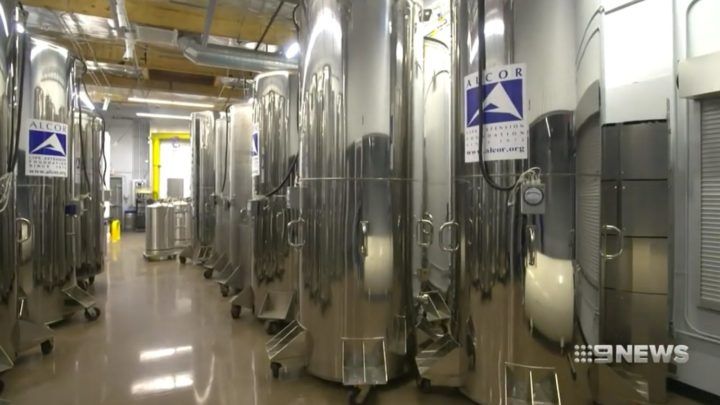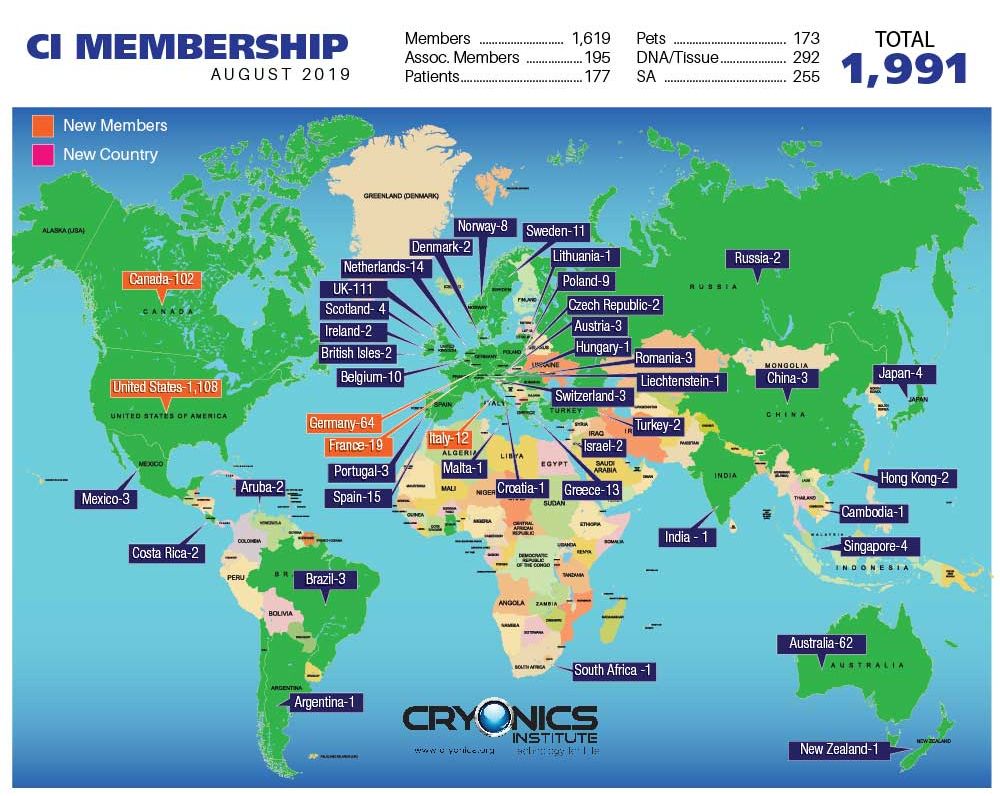From Cryonics To Living In Android Bodies here are 10 Ways Humans Will Become Immortal by 2050.
#Technology #Science #Immortal
From Cryonics To Living In Android Bodies here are 10 Ways Humans Will Become Immortal by 2050.
#Technology #Science #Immortal

A technology designed to preserve synapses across the whole brain of a large mammal is successful
Using a combination of ultrafast glutaraldehyde fixation and very low temperature storage, researchers have demonstrated for the first-time ever a way to preserve a brain’s connectome (the 150 trillion synaptic connections presumed to encode all of a person’s knowledge) for centuries-long storage in a large mammal. This laboratory demonstration clears the way to develop Aldehyde-Stabilized Cryopreservation into a ‘last resort’ medical option, one that would prevent the destruction of the patient’s unique connectome, offering at least some hope for future revival via mind uploading. You can view images and videos demonstrating the quality of the preservation method for yourself at the evaluation page.


NBC is developing an untitled cryonics-themed project which hails from writer and executive producer David Slack and filmmaker Phillip Noyce who will direct the pilot and executive produce.
Sony Television produces the series which follows an enigmatic billionaire who has gathered more than 250 people who attempt to cheat death by undergoing cryogenic suspension in hopes that a future breakthrough would someday allow them to be brought back to life.
However, as these people from different moments in time wake up, they soon realise you can’t cheat death without paying a price. Josh Berman and Chris King will also serve as executive producer. Noyce also helmed the pilots of and executive produced ABC’s “Revenge” and FOX’s “The Resident”.
